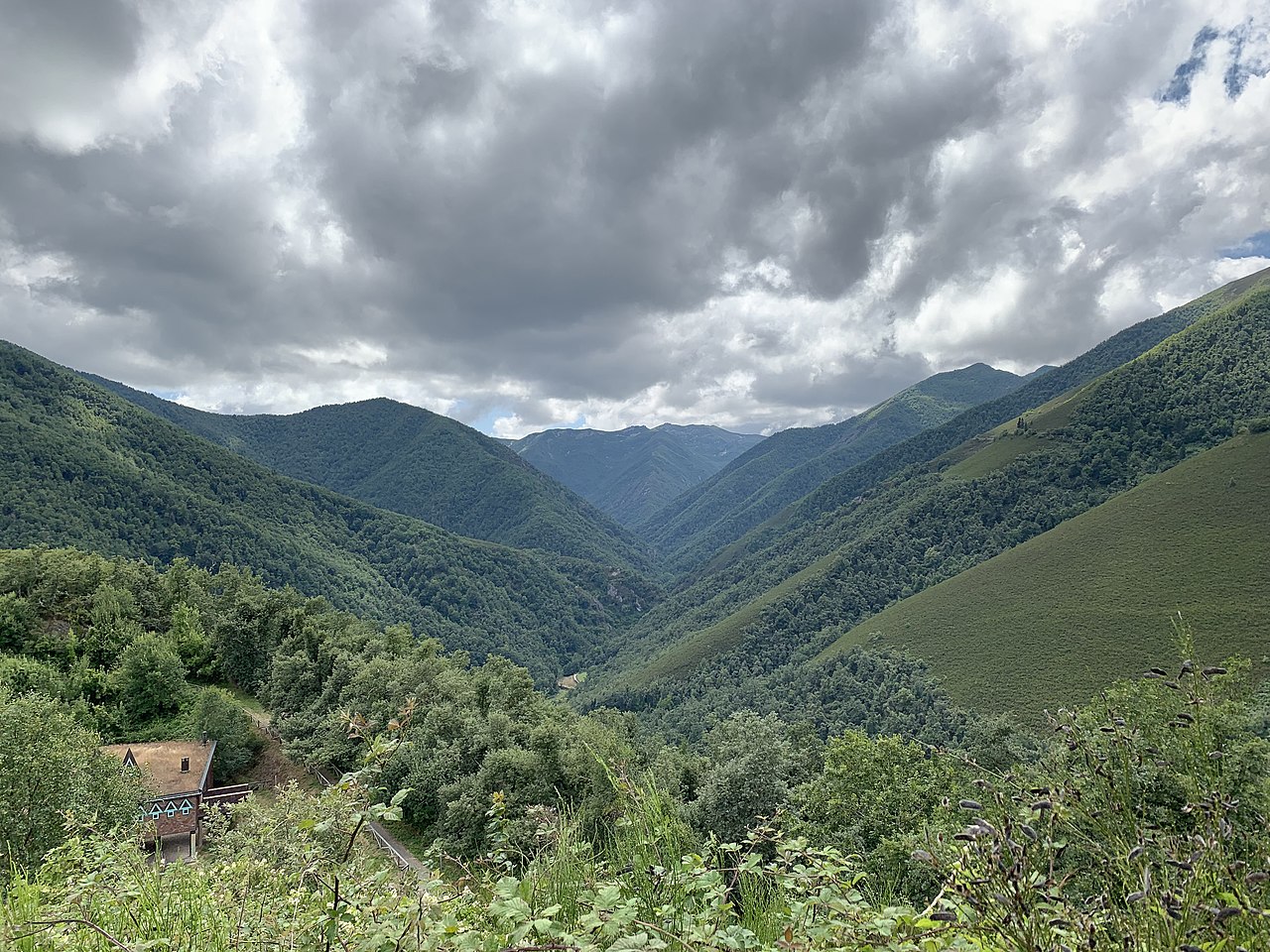
All the best nature reserves in Spain They are authentic green lungs for the areas that delimit them. In addition to great beauty, they have an enormous ecological value for its wildlife of flora and fauna. But they also have importance in the field of geology.
Therefore, they must be kept as they are for the good of all. In this article, we are going to talk to you about the best nature reserves in Spain, but first we must clarify it for you. What do we mean by this name?. Because, otherwise, we would fall into the error of identifying them with other figures of environmental protection.
What is a nature reserve
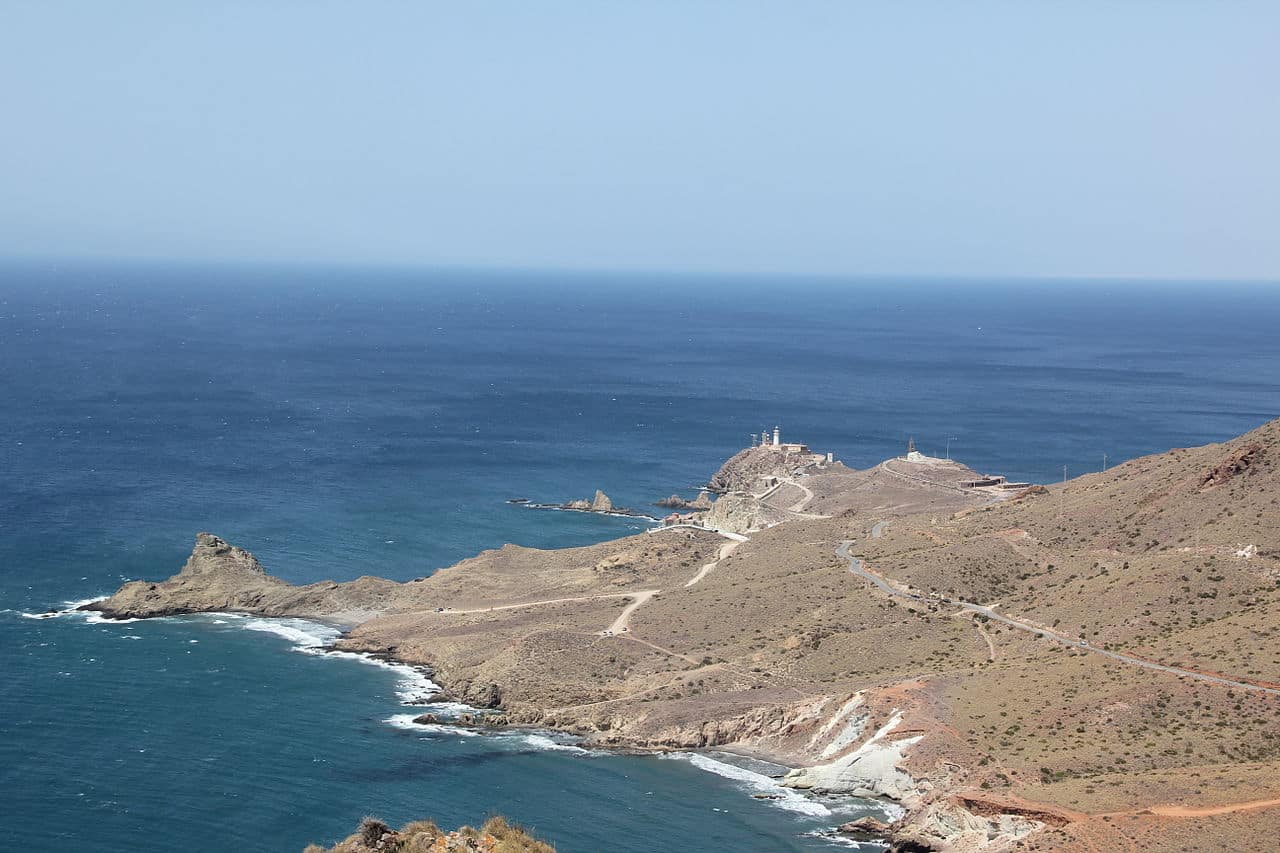
Cabo de Gata-Níjar Nature Reserve
Spain It is a country with wonderful nature. This provides much of its beauty, but also improves our living conditions. In other words, it has an important ecological and aesthetic value. For this reason, throughout its territory, from Asturias but also Cadiz and from Galicia but also Balearics, protected areas abound.
However, there are different legal and social figures to preserve them. So, we talk about National Parks, natural parks or natural reserves, among other. Broadly speaking, the meaning of all of them is similar: protect an area of great ecological value. But, from the point of view of obligations and care towards these places, each denomination has specific implications.
For all this, you may be surprised not to find in this article mentions of the Picos de Europa and Ordesa and Monte Perdido. But it is due, precisely, to the fact that they are national parks and not nature reserves. To establish the difference, we will tell you that this last distinctive usually encompasses the previous one. In other words, the nature reserve can be, according to the laws, also an ecological reserve, a biosphere reserve, a national park or a natural park.
In another sense, we could say that the areas declared nature reserves have an even higher degree of protection than national parks. It applies to places that are considered ecosystems of great ecological value and endangered due to their fragility. For example, areas where endangered species such as the Iberian lynx live.
Also, in these sites almost all human activities are prohibited. Logically, they can be visited, but houses cannot be built on them or their trees can be felled. In this sense, among the best nature reserves in Spain, we can differentiate two classes.
The first is the partial, which allows the exploitation of some of its resources, although always respecting the integrity of the place. Instead, the second is total nature reserve, in which any activity aimed at obtaining its resources is prohibited. It can only be done for reasons, precisely, of conservation or study.
Once we have specified what we mean by this concept, we are going to show you some of the best nature reserves in Spain. Remember that you will not see national parks among them because they are another environmental figure.
Cabo de Gata-Níjar Nature Reserve
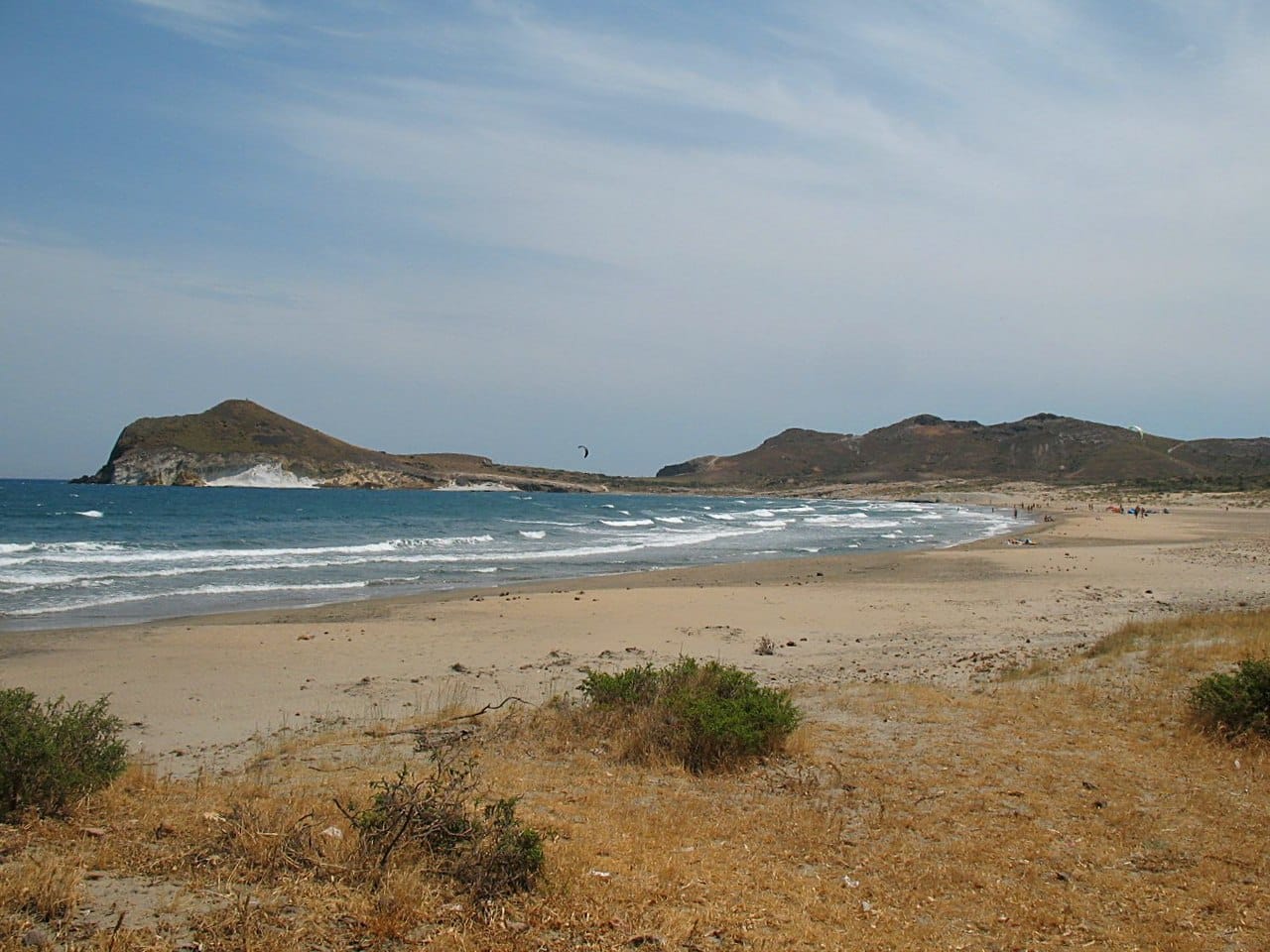
Los Genoveses beach, in the Cabo de Gata-Níjar nature reserve
As you will have deduced from its name, it is located in the Almería province and was declared as such in 1987. It covers an extension of almost fifty thousand hectares that are divided into some thirty-seven thousand terrestrial and around twelve thousand marine. Likewise, it spans five municipalities.
Logically, it also includes several beaches and this leads us to talk about the places you should know about this reserve, apart from Cabo de Gata itself, which gives it its name. As for the sandbanks, you have those of the Algarrobico, the Dead, Agua Amarga, Cala de En medio, San Miguel, the Genoveses or the Playazo de Rodalquilar.
On the other hand, there are several volcanic nuclei in the La Testa, Vela Blanca, El Fraile and Majada Redonda hills. One of the most unique rock formations in the reserve is also volcanic. we talk about Roldan table, a kind of plateau due to an already extinct volcano whose crater has been eroding. No less spectacular are the limestone plateaus of the San Pedro Landing.
But, as we told you, what is at the bottom of the sea in the area also has enormous ecological value. Are Posidonia oceanica plains which is endemic to the Mediterranean. Similarly, on the coast you can see places like the sirens reef, tip of the polacra or Morron of the Genoveses. As if all this were not enough, this nature reserve is home to more than a thousand terrestrial species and two hundred and fifty marine flora and fauna.
Integral Natural Reserve of Muniellos
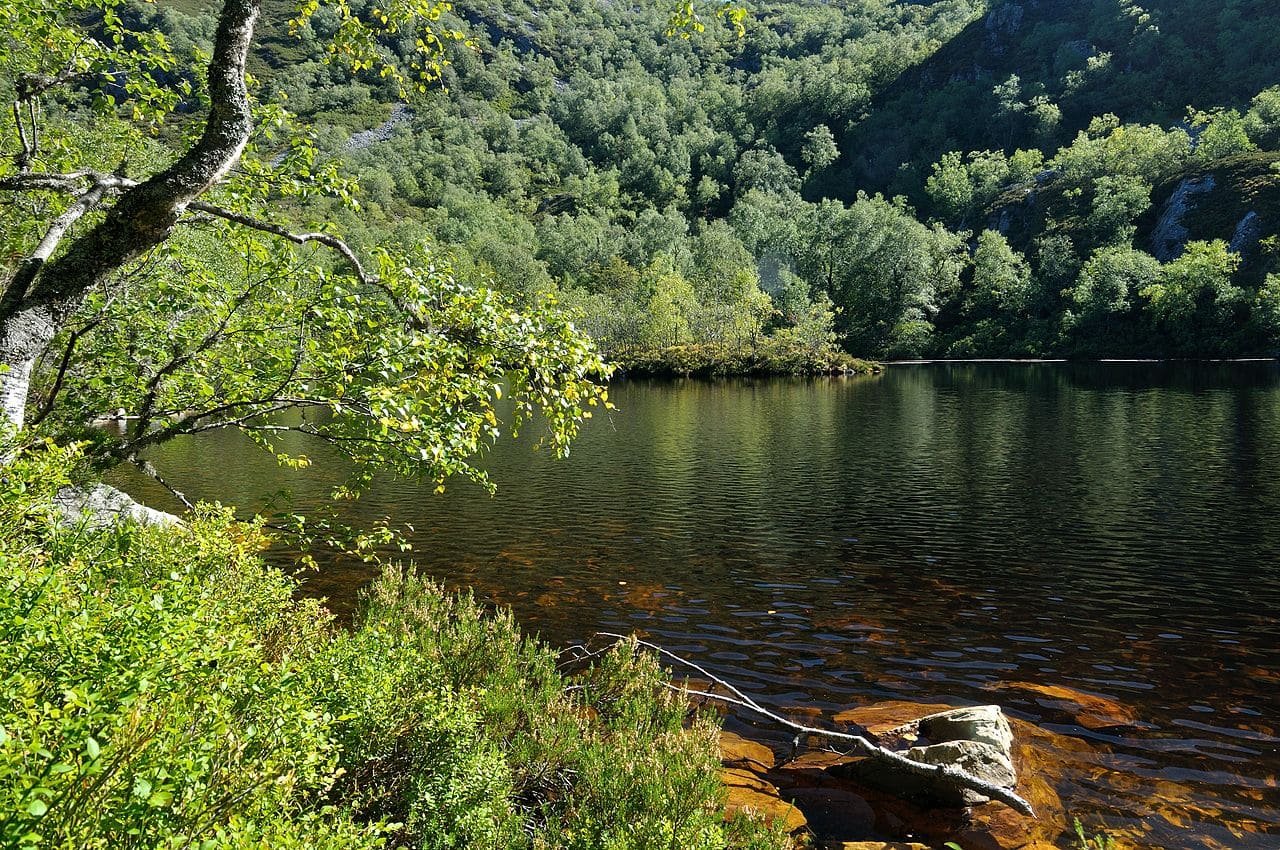
Laguna de la Isla, in the Muniellos nature reserve
We make a long journey from the south to the north of our country to show you Muniellos, another of the best nature reserves in Spain. Because it is located in the western part of Asturias, specifically, in the municipalities of Cangas de Narcea e Ibias. In turn, it includes three mountainous elevations: Muniellos, La Viliella and Mount Valdebois. In total they are almost sixty square kilometers of natural wonders.
Its most valuable element is the forest, an oak grove considered the largest in Spain and among the best preserved in all Europe. So much is its value that it has been declared Biosphere Reserve by Unesco and even visits are restricted. If you want to see it, you will have to request authorization from the Ministry of the Environment of the Principality of Asturias.
Next to the oak forest, you have places as beautiful as the banks of the Muniellos River, island lagoon or ancient glacial cirques. Likewise, other species that make up its flora are chestnuts, hazelnuts or beeches. But also various types of lichens. As for the fauna, if you visit the reserve, you will be able to see birds such as the capercaillie, the black woodpecker, the hawk or the goshawk. But, perhaps you are more interested in mammals. Among them, the big brown bear, the wolf, the fox, the roe deer or the wild cat.
Natural reserves of the Selva de Irati
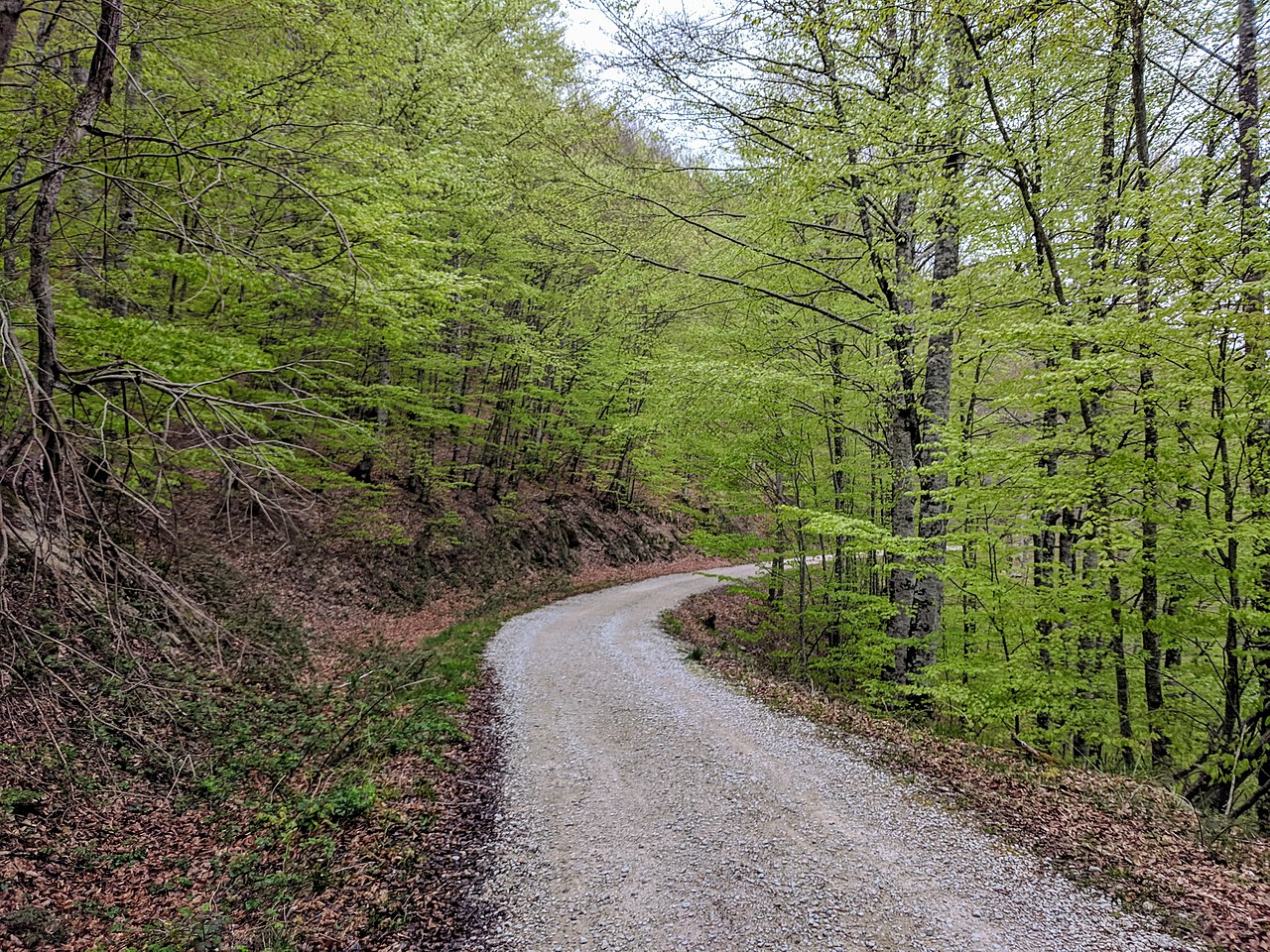
Beech forest in the Irati Forest
We now move east to reach the Foral Community of Navarra. In this one, we want to talk about not one, but three of the best nature reserves in Spain. It is true that all of them belong to a privileged place: the Irati Jungle. In this case, it is one of the beech and fir forests best preserved in Europe.
There are some seventeen thousand hectares of jungle that crosses the Pyrenees and it reaches the south west france. In peninsular territory it occupies the Irati river valley, delimited by the mountains of Roncesvalles, Orzanzurieta and the Sierra de Abodi. You can also access this natural wonder from the beautiful towns of Orbaiceta and Ochangavía.
The entire Irati jungle is classified as Special Protection Area for Birds (ZEPA). In fact, some protected species such as the woodpecker or the white-backed bill have found refuge in it. But there are also many others such as the golden eagle or the peregrine falcon. Similarly, among the reptiles in the area there are several that are in danger of disappearing. This is the case of the gallipato or the tortoise. Irati even has several endemic species of the Pyrenees such as, precisely, the pyrenean newt. As for mammals, you can see wild boars, martens, otters, gray dormouse or deer. Regarding the latter, it is one of the best places to observe the famous bellowing or rutting song of their males, which occurs in autumn.
But, speaking of Irati, we have forgotten to mention the names of the three nature reserves that make it up. Is about that of Lizardoia, near the Irabia reservoir, which encompasses sixty-four hectares; Mendilatz's, with one hundred and nineteen and in the valley of Aézcoa, and that of Tristuibartea, in the same area and with fifty-five hectares. To give you an idea of its importance, the Irati Forest was declared Heritage.
El Regajal-Mar de Ontígola Nature Reserve

Ontígola Sea Reservoir
We end our tour of the best nature reserves in Spain in this one located in the Region of Madrid, specifically in the municipal area of Aranjuez. It was declared as such in 1994 and has almost six hundred and fifty hectares.
It owes its name to the fact that it is made up of two well-differentiated surfaces. On the one hand, it is the Mar de Ontígola wetland, which is an old reservoir currently naturalized. And, on the other, the El Regajal farm, a Mediterranean-subdesert type elevation that stands out for its great entomological richness. Special value in this sense has its butterfly population, which is one of the largest in the world.
As for the first area that we have mentioned, it has a rich vegetation of plants adapted to the aquatic environment and also an outstanding population of birds typical of this environment such as ducks, geese, albatrosses, shearwaters or storks. Sadly, despite its status as a nature reserve, the Ontígola Sea is in serious danger due to its poor state of conservation. For this reason, institutions like Hispania Nostra has sounded the alarm for extraordinary care to be undertaken. The place called Place of the Cotillos. It is made up of a set of sloping slopes where plant species such as kermes oak and atochar abound.
In conclusion, we have shown you some of the best nature reserves in Spain. Logically, our country is so big and rich from an ecological point of view that there are many others. For this reason, we do not want to stop mentioning also those of Alboran Island, which also belongs to the province of Almería; of the Villaviciosa estuary estuary, also in Asturias, or, already in the Canary Islands, the special nature reserve of the Maspalomas Dunes. Dare to know all these wonders of nature.